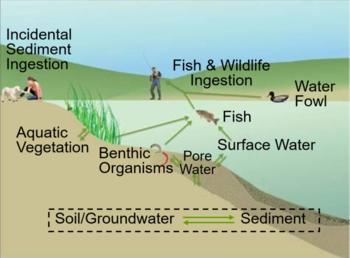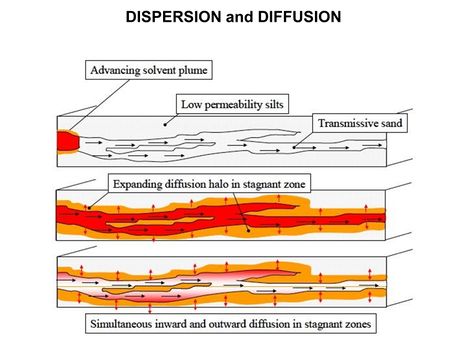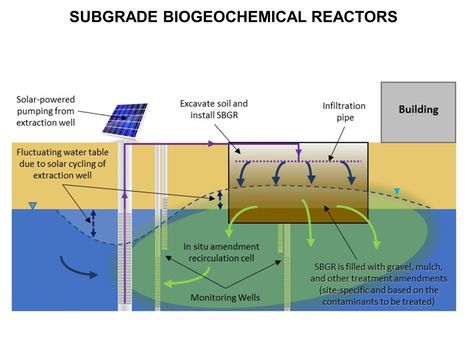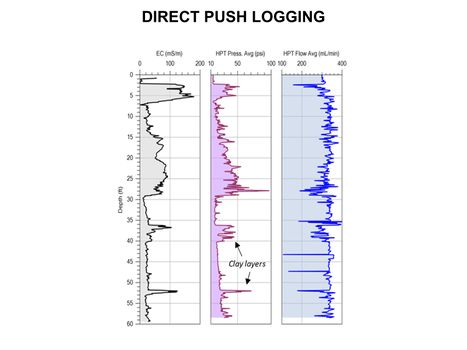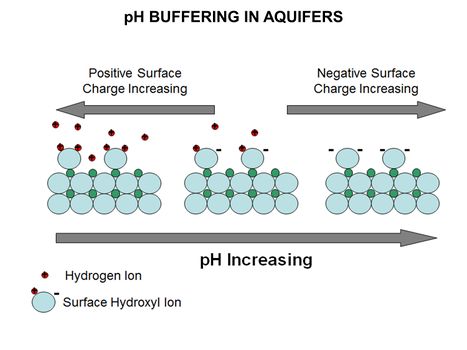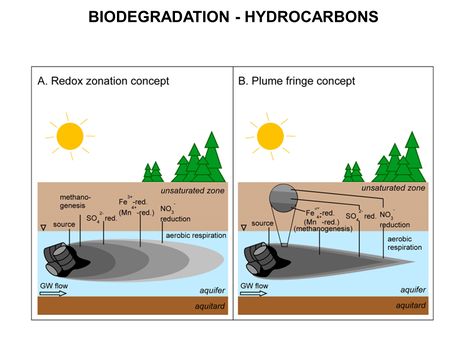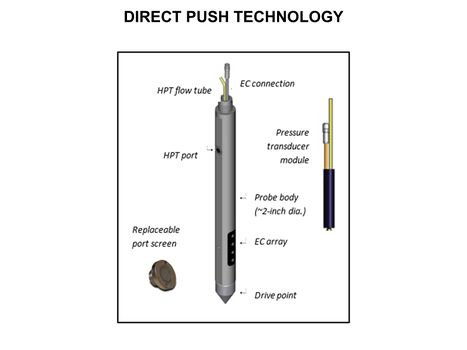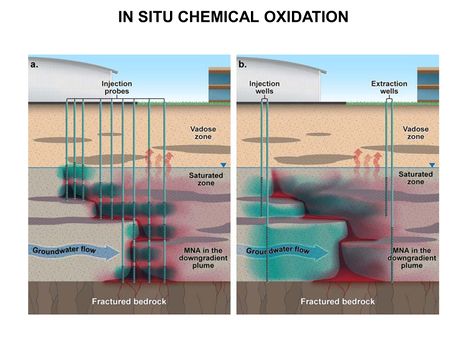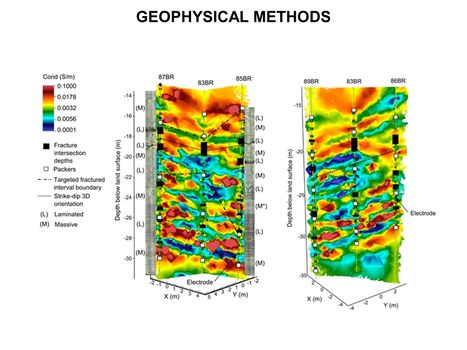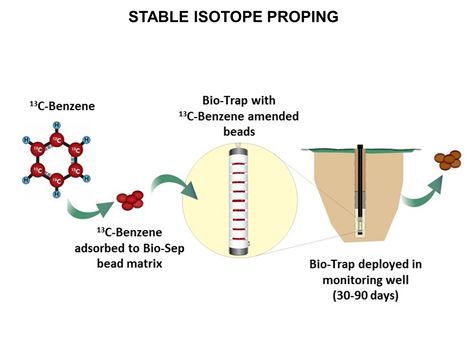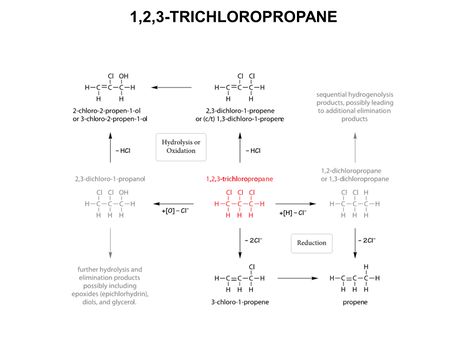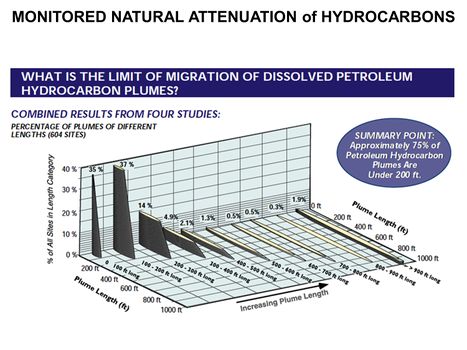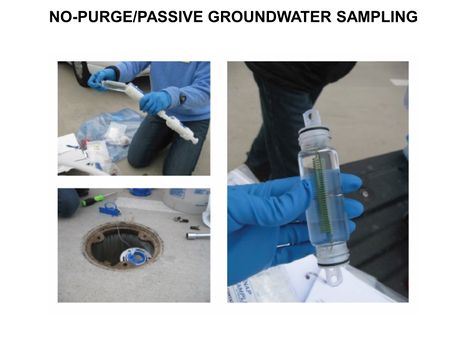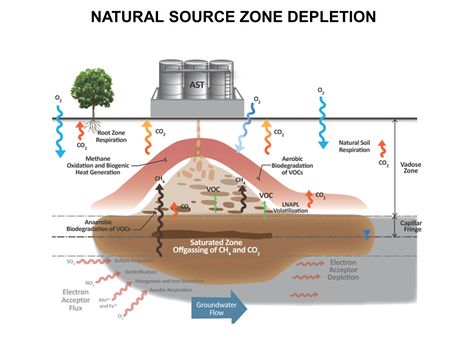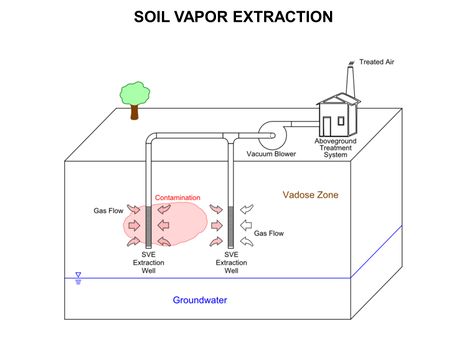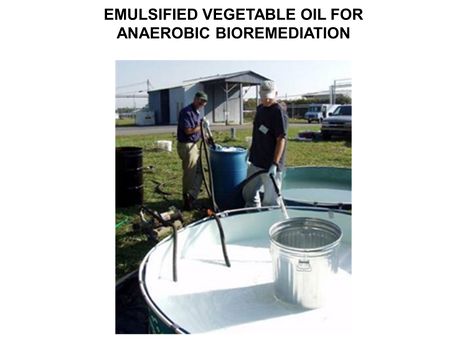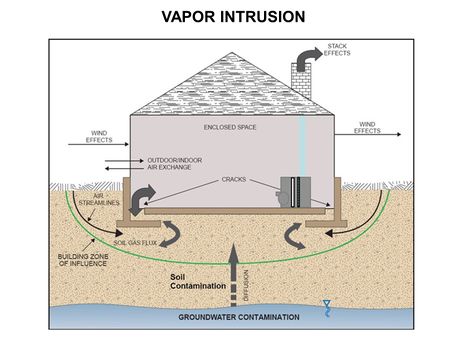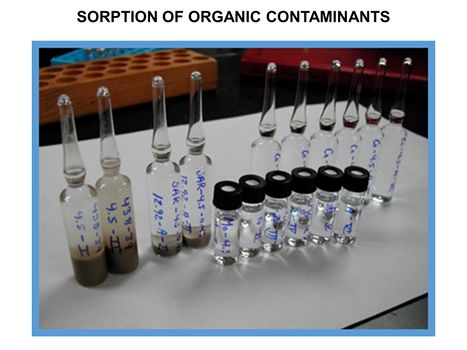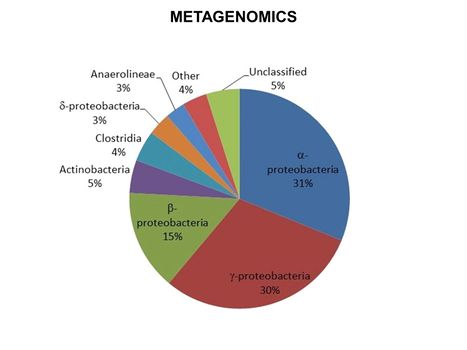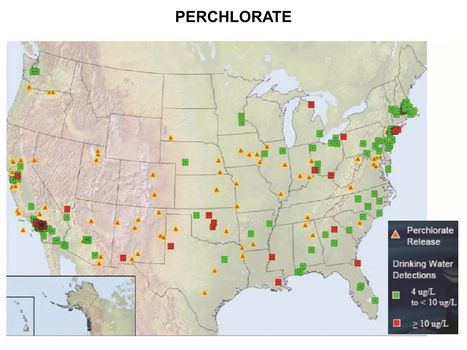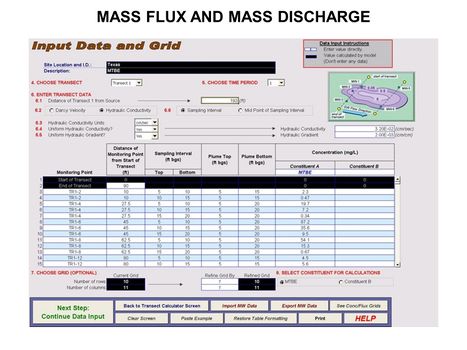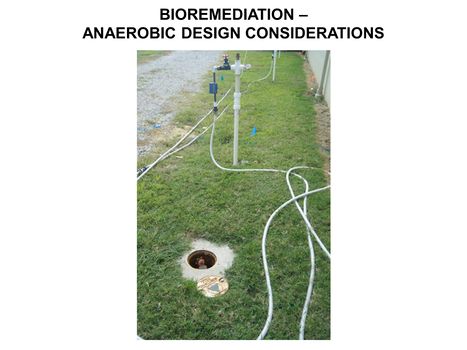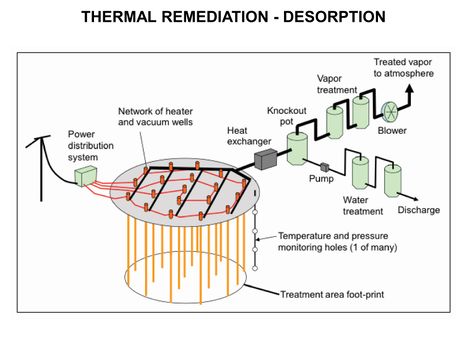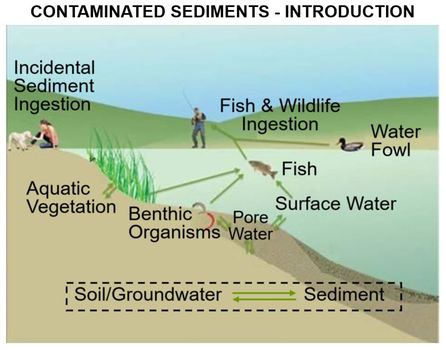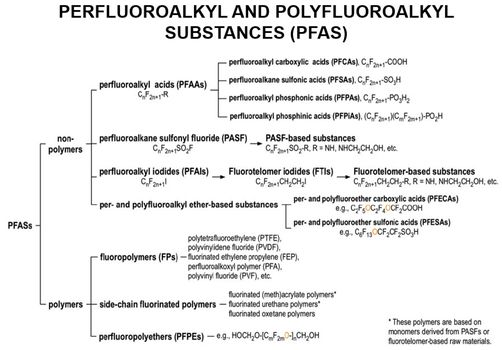Difference between revisions of "Main Page"
Debra Tabron (talk | contribs) |
Debra Tabron (talk | contribs) (Tag: Visual edit) |
||
| Line 7: | Line 7: | ||
|- | |- | ||
|<span style="line-height: 0.3em;"> The goal of ENVIRO.wiki is to make scientific and engineering research results more accessible to environmental professionals, facilitating the permitting, design and implementation of environmental projects. Articles are written and edited by invited experts (see [[Contributors]]) to summarize current knowledge for the target audience on an array of topics, with cross-linked references to reports and technical literature. </span> | |<span style="line-height: 0.3em;"> The goal of ENVIRO.wiki is to make scientific and engineering research results more accessible to environmental professionals, facilitating the permitting, design and implementation of environmental projects. Articles are written and edited by invited experts (see [[Contributors]]) to summarize current knowledge for the target audience on an array of topics, with cross-linked references to reports and technical literature. </span> | ||
| − | |<center><span style="font-size:130%"><br/>[[#Table of Contents|See Table of Contents]]</span> | + | |<center><span style="font-size:130%"><br />[[#Table of Contents|See Table of Contents]]</span> |
</center> | </center> | ||
<inputbox> type=fulltext | <inputbox> type=fulltext | ||
| Line 68: | Line 68: | ||
| | | | ||
<u>'''[[Transport & Attenuation Processes | Attenuation & Transport Processes]]'''</u> | <u>'''[[Transport & Attenuation Processes | Attenuation & Transport Processes]]'''</u> | ||
| + | |||
*[[Advection and Groundwater Flow]] | *[[Advection and Groundwater Flow]] | ||
*[[Biodegradation - 1,4-Dioxane]] | *[[Biodegradation - 1,4-Dioxane]] | ||
*[[Biodegradation - Cometabolic]] | *[[Biodegradation - Cometabolic]] | ||
| − | *[[Biodegradation - Hydrocarbons]] | + | *[[Biodegradation - Hydrocarbons]] |
*[[Biodegradation - Reductive Processes]] | *[[Biodegradation - Reductive Processes]] | ||
*[[Dispersion and Diffusion]] | *[[Dispersion and Diffusion]] | ||
| Line 80: | Line 81: | ||
**[[Vapor Intrusion - Separation Distances from Petroleum Sources]] | **[[Vapor Intrusion - Separation Distances from Petroleum Sources]] | ||
**[[Vapor Intrusion – Sewers and Utility Tunnels as Preferential Pathways]] | **[[Vapor Intrusion – Sewers and Utility Tunnels as Preferential Pathways]] | ||
| + | |||
<u>'''[[Characterization, Assessment & Monitoring]]'''</u> | <u>'''[[Characterization, Assessment & Monitoring]]'''</u> | ||
| + | |||
*[[Characterization Methods – Hydraulic Conductivity]] | *[[Characterization Methods – Hydraulic Conductivity]] | ||
*[[Compound Specific Isotope Analysis (CSIA)|Compound Specific Isotope Analysis (CSIA)]] | *[[Compound Specific Isotope Analysis (CSIA)|Compound Specific Isotope Analysis (CSIA)]] | ||
| Line 88: | Line 91: | ||
*[[Geophysical Methods | Geophysical Methods]] | *[[Geophysical Methods | Geophysical Methods]] | ||
**[[Geophysical Methods - Case Studies | Case Studies]] | **[[Geophysical Methods - Case Studies | Case Studies]] | ||
| − | *[[Groundwater Sampling - No-Purge/Passive]] | + | *[[Groundwater Sampling - No-Purge/Passive]] |
*[[Long-Term Monitoring (LTM)|Long-Term Monitoring (LTM)]] | *[[Long-Term Monitoring (LTM)|Long-Term Monitoring (LTM)]] | ||
**[[Long-Term Monitoring (LTM) - Data Analysis | LTM Data Analysis]] | **[[Long-Term Monitoring (LTM) - Data Analysis | LTM Data Analysis]] | ||
| Line 97: | Line 100: | ||
**[[Stable Isotope Probing (SIP)]] | **[[Stable Isotope Probing (SIP)]] | ||
*[[Natural Attenuation in Source Zone and Groundwater Plume - Bemidji Crude Oil Spill]] | *[[Natural Attenuation in Source Zone and Groundwater Plume - Bemidji Crude Oil Spill]] | ||
| + | |||
| + | |||
| + | [[Coastal and Estuarine Ecology]] | ||
| + | |||
| + | * [[Phytoplankton (Algae) Blooms]] | ||
| + | |||
| + | |||
<u>'''[[Contaminated Sediments]]'''</u> | <u>'''[[Contaminated Sediments]]'''</u> | ||
| + | |||
*[[Contaminated Sediments - Introduction]] | *[[Contaminated Sediments - Introduction]] | ||
| style="width:33%; vertical-align:top; " | | | style="width:33%; vertical-align:top; " | | ||
<u>'''[[Soil & Groundwater Contaminants]]'''</u> | <u>'''[[Soil & Groundwater Contaminants]]'''</u> | ||
| + | |||
*[[1,4-Dioxane]] | *[[1,4-Dioxane]] | ||
*[[Chlorinated Solvents]] | *[[Chlorinated Solvents]] | ||
| Line 109: | Line 121: | ||
*[[Polycyclic Aromatic Hydrocarbons (PAHs)]] | *[[Polycyclic Aromatic Hydrocarbons (PAHs)]] | ||
*[[1,2,3-Trichloropropane|Trichloropropane (TCP)]] | *[[1,2,3-Trichloropropane|Trichloropropane (TCP)]] | ||
| + | |||
<u>'''[[Munitions Constituents]]'''</u> | <u>'''[[Munitions Constituents]]'''</u> | ||
| Line 119: | Line 132: | ||
*[[Munitions Constituents - IM Toxicology | Toxicology]] | *[[Munitions Constituents - IM Toxicology | Toxicology]] | ||
*[[Munitions Constituents- TREECS™ Fate and Risk Modeling|TREECS™]] | *[[Munitions Constituents- TREECS™ Fate and Risk Modeling|TREECS™]] | ||
| + | |||
<u>'''[[Monitored Natural Attenuation (MNA)]]'''</u> | <u>'''[[Monitored Natural Attenuation (MNA)]]'''</u> | ||
| + | |||
*[[Monitored Natural Attenuation (MNA) of Chlorinated Solvents| MNA of Chlorinated Solvents]] | *[[Monitored Natural Attenuation (MNA) of Chlorinated Solvents| MNA of Chlorinated Solvents]] | ||
*[[Monitored Natural Attenuation (MNA) of Metal and Metalloids| MNA of Metals and Metalloids]] | *[[Monitored Natural Attenuation (MNA) of Metal and Metalloids| MNA of Metals and Metalloids]] | ||
*[[Monitored Natural Attenuation (MNA) of Fuels| MNA of Petroleum Hydrocarbons]] | *[[Monitored Natural Attenuation (MNA) of Fuels| MNA of Petroleum Hydrocarbons]] | ||
*[[Natural Source Zone Depletion (NSZD)]] | *[[Natural Source Zone Depletion (NSZD)]] | ||
| + | |||
<u>'''[[Regulatory Issues and Site Management]]'''</u> | <u>'''[[Regulatory Issues and Site Management]]'''</u> | ||
| + | |||
*[[Alternative Endpoints]] | *[[Alternative Endpoints]] | ||
*[[Mass Flux and Mass Discharge]] | *[[Mass Flux and Mass Discharge]] | ||
| Line 132: | Line 149: | ||
*[[Sustainable Remediation]] | *[[Sustainable Remediation]] | ||
| − | |style="width:33%; vertical-align:top; "| | + | | style="width:33%; vertical-align:top; " | |
| + | <u>'''[[Remediation Technologies]]'''</u> | ||
| − | |||
*[[Bioremediation - Anaerobic|Anaerobic Bioremediation]] | *[[Bioremediation - Anaerobic|Anaerobic Bioremediation]] | ||
**[[Bioremediation - Anaerobic Design Considerations | Design Considerations]] | **[[Bioremediation - Anaerobic Design Considerations | Design Considerations]] | ||
Revision as of 14:31, 21 May 2020
Peer Reviewed. Accessible. Written By Experts |
Your Environmental Information Gateway |
| The goal of ENVIRO.wiki is to make scientific and engineering research results more accessible to environmental professionals, facilitating the permitting, design and implementation of environmental projects. Articles are written and edited by invited experts (see Contributors) to summarize current knowledge for the target audience on an array of topics, with cross-linked references to reports and technical literature. | See Table of Contents |
Featured article / Contaminated Sediments - IntroductionThe use of aqueous film-forming foam (AFFF) can release PFAS into the environment during fire training, an emergency response, or as a result of leaks or spills from AFFF systems. Following AFFF releases, perfluoroalkyl acids (PFAAs), particularly PFOS, PFOA, and PFHxS, tend to be the most commonly detected PFAS in environmental media. PFAAs are relatively water-soluble and mobile in the environment, are not volatile (i.e., they do not evaporate to the atmosphere readily) and can sorb to the organic carbon present in soil or sediment. PFAS can bioaccumulate in animals and plants, and persistent PFAS, such as PFCAs and PFSAs, do not undergo significant biodegradation or biotransformation once present in a biological system. The human health issues associated with PFAS AFFF sites are primarily the exposure pathways associated with drinking water ingestion and dietary intake of PFAS. The characterization of toxicological effects in human health risk assessments is based on toxicological studies of mammalian exposures to per- and polyfluoroalkyl substances (PFAS), primarily studies involving perfluorooctanesulfonic acid (PFOS) and perfluorooctanoic acid (PFOA). The most sensitive noncancer adverse effects involve the liver and kidney, immune system, and various developmental and reproductive endpoints. Only PFOS and PFOA (and their derivatives) have sufficient data for USEPA to characterize as Likely to Be Carcinogenic to Humans via the oral route of exposure. Epidemiological studies provided evidence of bladder, prostate, liver, kidney, and breast cancers in humans related to PFOS exposure, as well as kidney and testicular cancer in humans and limited evidence of breast cancer related to PFOA exposure.
(Full article...) |
Enviro Wiki Highlights |

